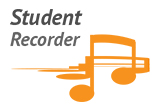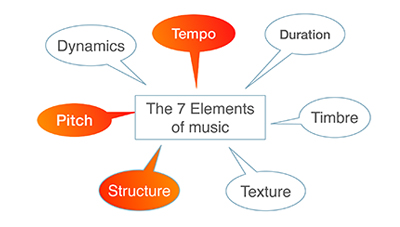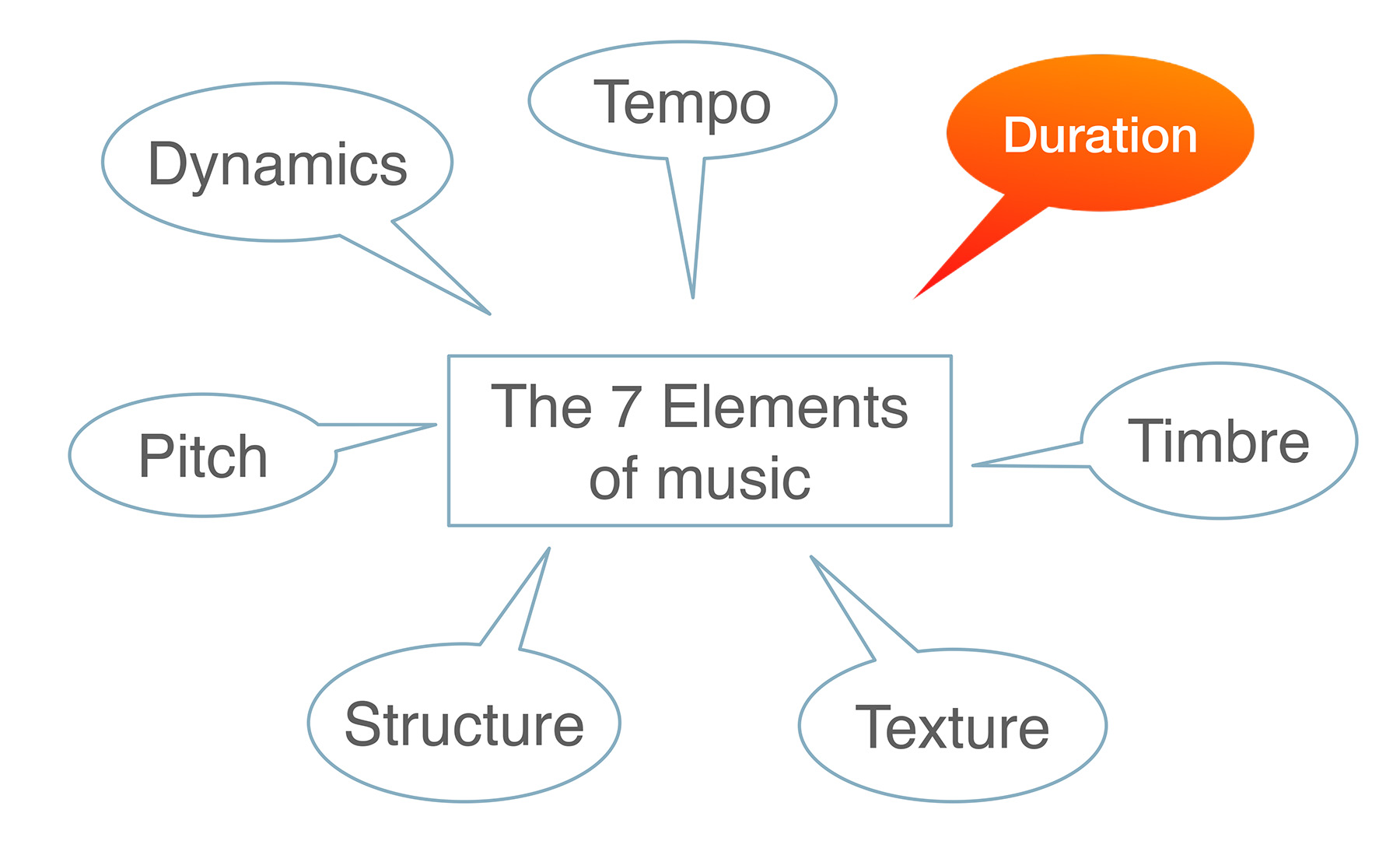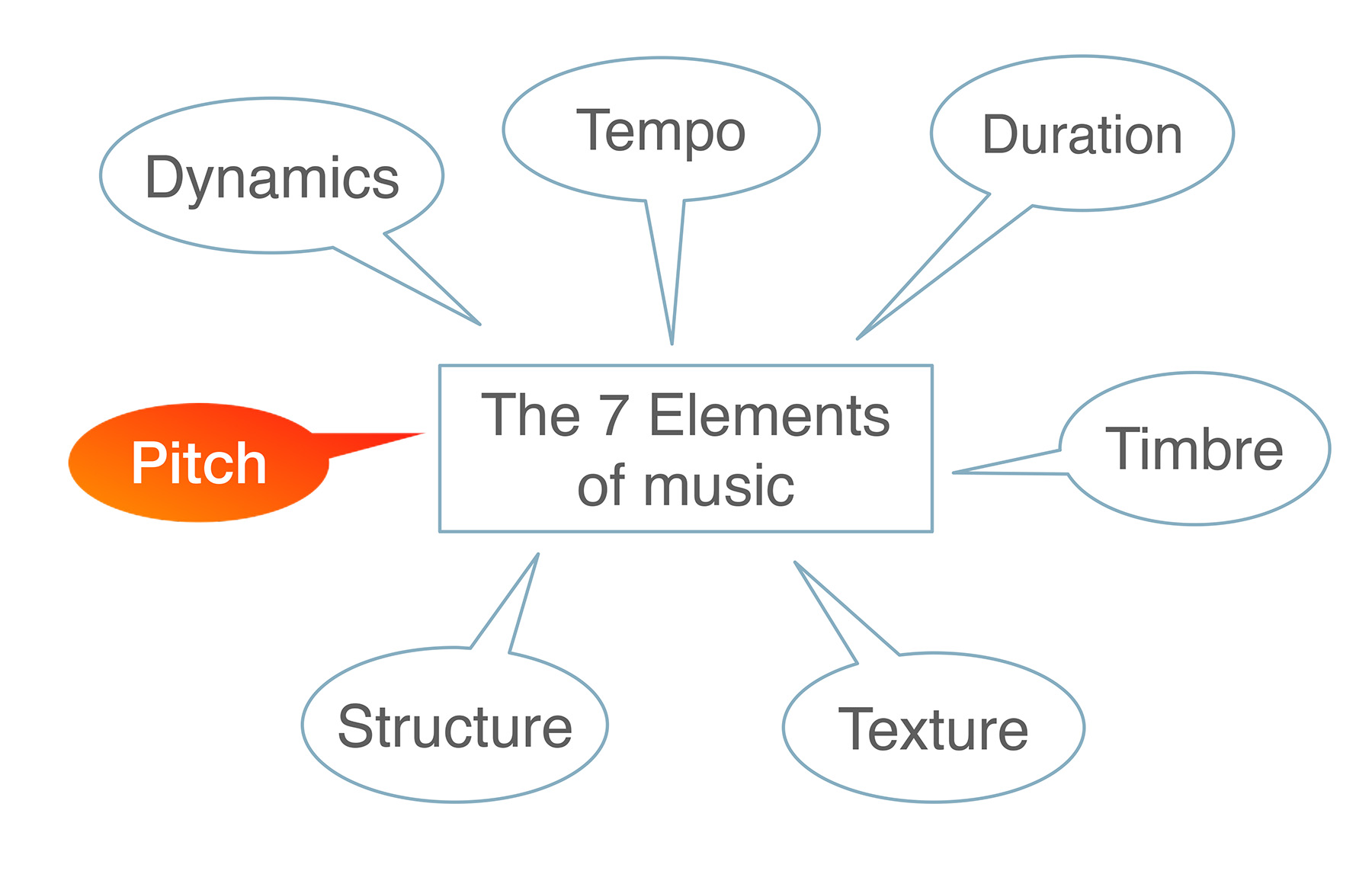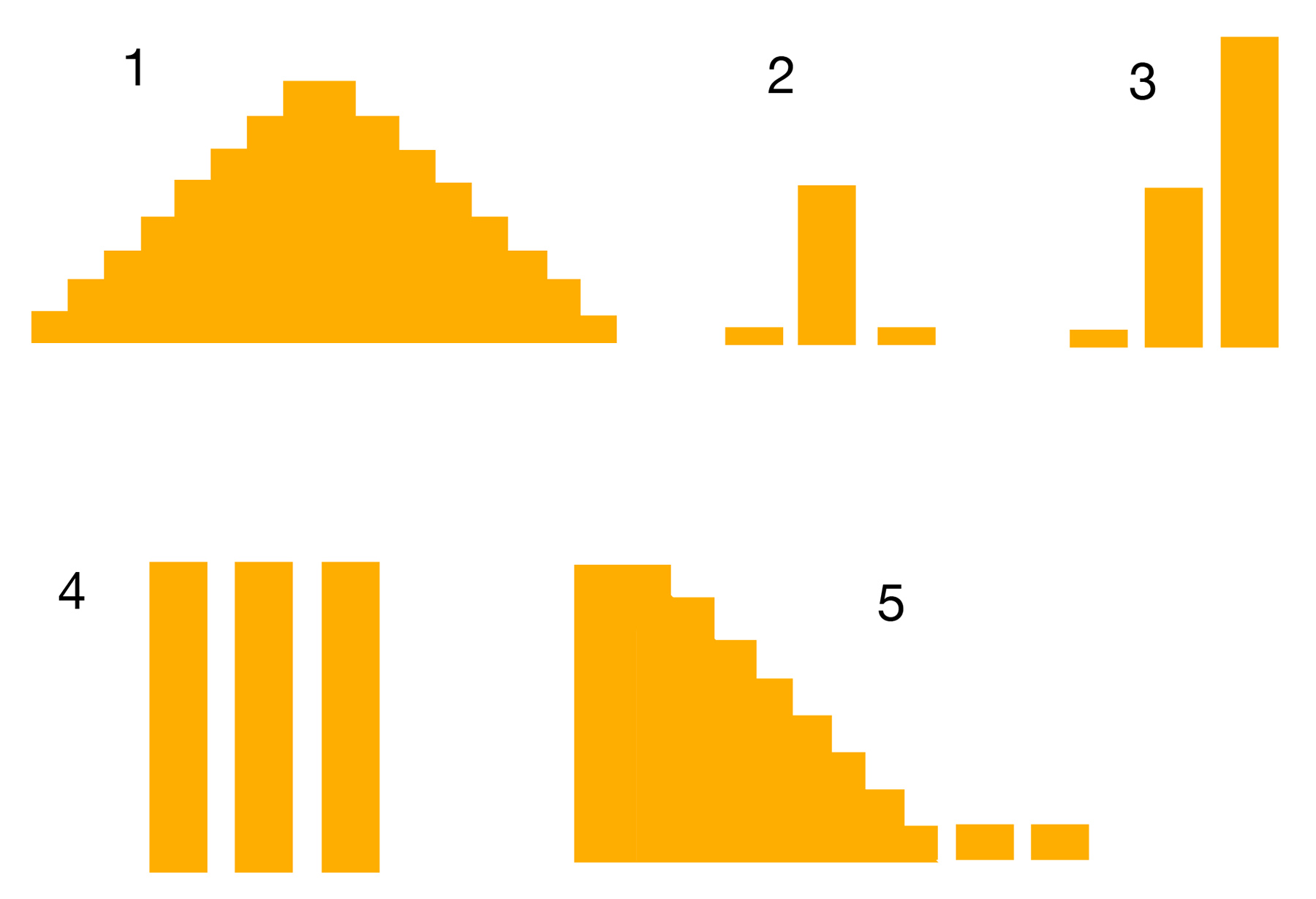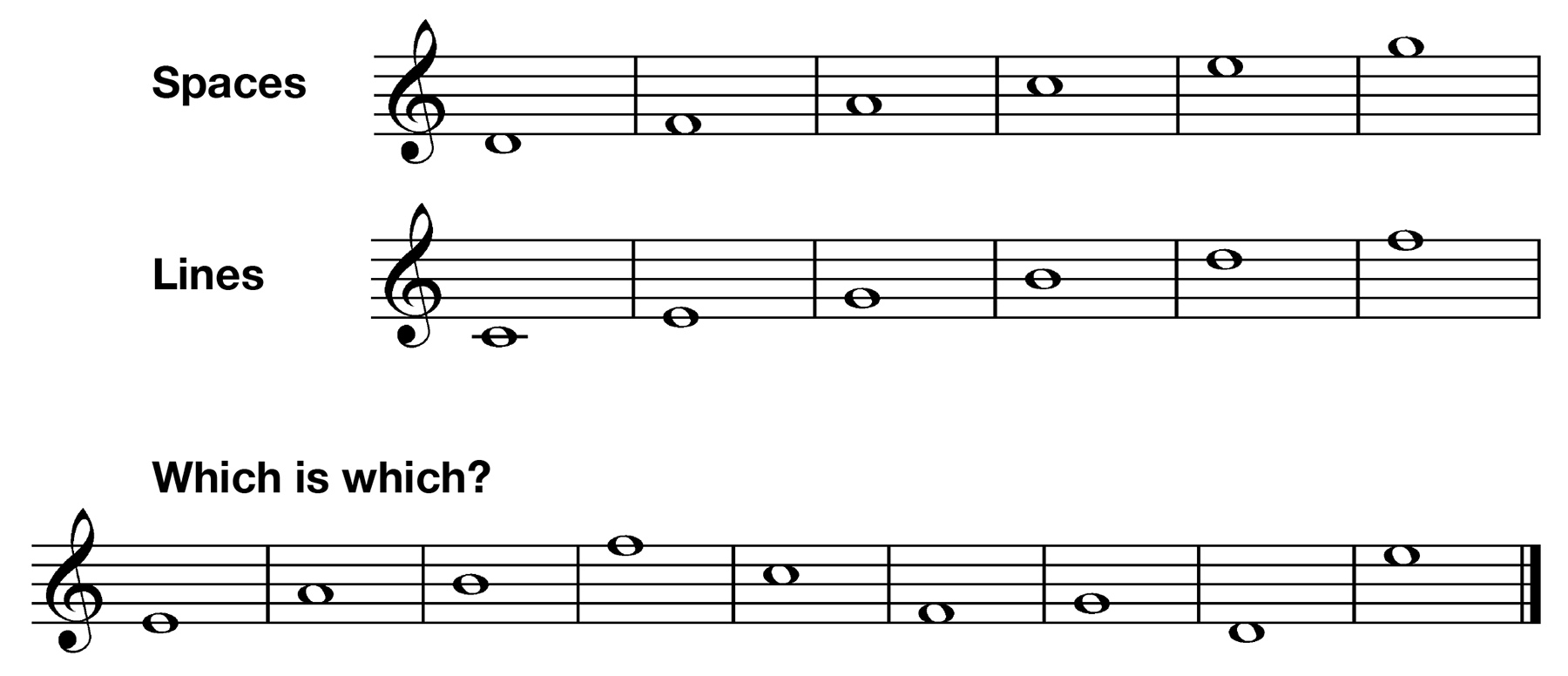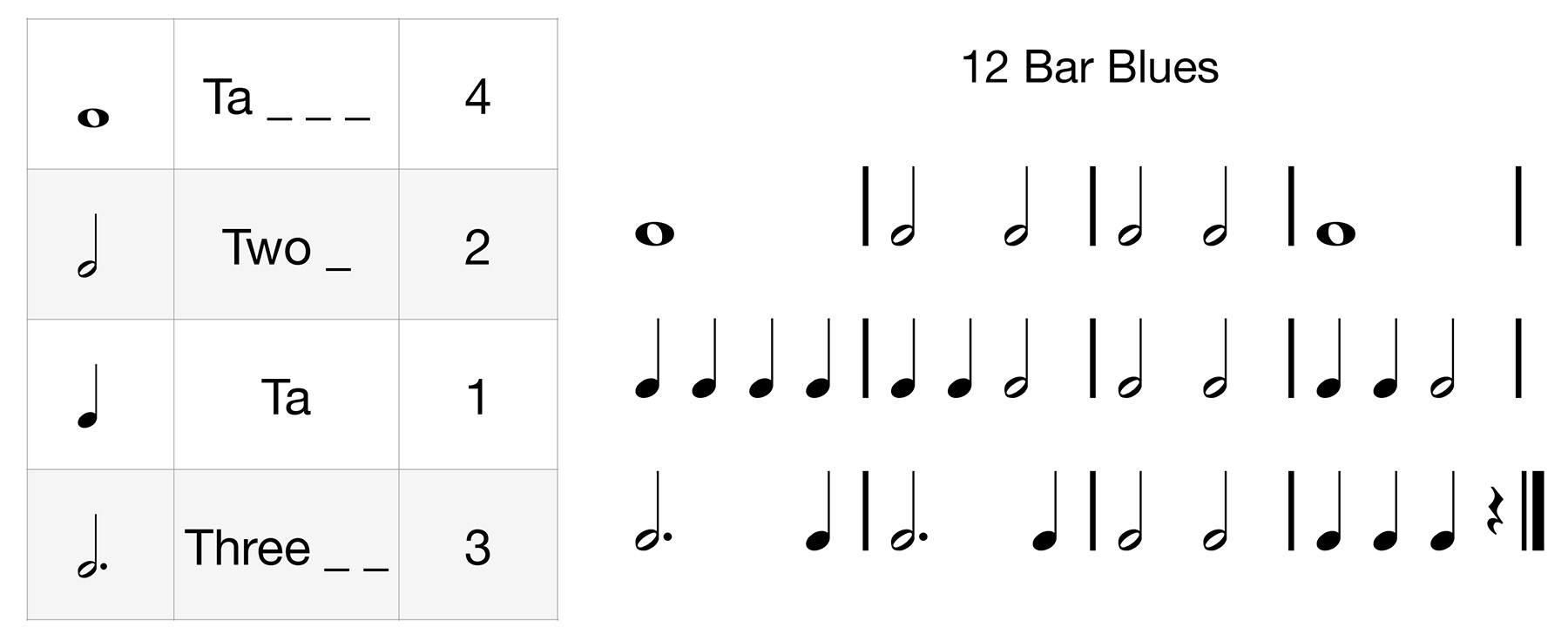This page is for absolute beginners. We look at how to hold a recorder and play the first 2 notes, and also consider a couple of the basic elements of music theory. For more information and ideas and suggestions on getting the most from this material, see the teachers’ notes.
TEACHERS' NOTES - LEVEL 1
We hope that our material is fairly self-explanatory, and that you can easily construct your own lessons around it, but here are some suggestions and additional information which you might find useful.
The lesson boxes on this page – like all the boxes on the site – are colour-coded. The orange ones are for descant recorders, while the red ones are for trebles. Boxes which cater for both instruments, are shown by a blend of the colours.
The exercises usually follow the same pattern: the title identifies the learning outcome, there’s a brief instruction and then a video. Click on the icon on the bottom right hand corner to make the video full screen. The settings icon, also in the bottom right corner, allows you to change the tempo (speed) of the music.
Any still image can be enlarged by clicking on it.
HOLDING & TONGUING
The instructions for how to hold a recorder are in the spoken verse – recite it with the backing track. We recommend holding the recorder with the right hand at its base, as this helps younger children to feel a clear difference in the position of their hands, and also stops them accidentally covering up some of the lower notes. It makes no difference whether someone is left or right handed – the right hand should always go at the bottom.
Later on, from Level 3 onwards, as the right hand starts to be used for fingering, the instrument will be held in the proper position with the right hand in the middle.
Repeat this exercise as often as necessary.
DURATION
This exercise introduces the idea that the duration of a musical note can be represented graphically. This is a precursor to proper music notation which will be encountered later in this level. Play the video, encouraging active listening, and then go through it again using recorders with the back hole covered.
PITCH
Through active listening, this activity develops the aural awareness of pitch. Introduce terms such as high, low and middle if these are not familiar to the class. The children move their hands in the direction of the pitch changes to show their understanding. Follow the prompts in both videos.
FIRST NOTES
This exercise is for reviewing the holding position and tonguing, and introduces the first note. Descants start with B, while trebles play E. We recommend starting every lesson with this for the next few weeks.
LINES & SPACES
We believe that students don’t find reading music difficult if they are introduced to it from the outset, and that continually writing note names under the music does them no favours in the long run. This exercise is designed to help them learn the difference between lines and spaces on the stave.
The exercise can also be used to reinforce the concept of high and low pitch, by pointing out that higher notes appear at the top of the stave, while lower notes are shown at the bottom.
GETTING STARTED
This exercise is for introducing semibreves (4 beat notes) and semibreve rests.
When you enlarge the fingering diagram, you will see BSL (British Sign Language) finger spelling for the new note. This can give the teacher a quick and easy means of showing children which note to play, and the children can also use it with each other when they are composing or improvising in pairs.
We find it very helpful, but if it doesn’t suit your style of teaching, you can simply ignore the BSL symbols. They are only used until the end of Level 3, because when sharps and flats are introduced in Level 4, finger spelling becomes too complicated to be of benefit.
LISTEN & COPY – RHYTHM
This is an exercise in copying a rhythmic phrase. There is no notation because the emphasis here is on listening. The overall aim is for children to develop both aural and music reading skills.
Remind your students to start each note with their tongue.
ROUND & ROUND
This exercise is for introducing minims (2 beat notes) and minim rests, plus the time signature of 4/4.
NEW NOTES
Descants will learn A, while trebles learn D. This exercise gives another opportunity for copying rhythms and developing aural awareness.
SAMBA
This is a 2 note tune with semibreve and minim notes and rests.
SINGING – RHYTHM
This is an exercise to teach the difference between beat and rhythm, and the way in which a rhythm can be laid on top of a beat or pulse. Half the class tap the beat on their thighs, while the other half clap the rhythm of the vocal phrases. Then swap …
FEELING GOOD
This is a 2 note tune with crotchet notes and rests. Sometimes a 2 beat rest is shown by 2 crotchet rests, and sometimes by a minim rest – these are interchangeable in this context. There is only one tutti version of the tune, with the descants playing B and A, while the trebles just play D.
MUSIC ELEMENTS – TEMPO, STRUCTURE & PITCH
This exercise begins with a revision of the concept of tempo and then helps students to understand the way in which music is divided into bars. Finally, it leads into an opportunity for very basic rhythmic improvisation, whilst also reinforcing the earlier lesson on the difference between high and low pitch. Follow the prompts in the video.
PERFORMING – SADDLE UP
This piece includes dotted minims for the first time, as well as a time signature. There is an entire exercise devoted to time signatures in Level 2.
The introduction to the piece is written into the notation.
These notes are available as a pdf to download and print:
LEVEL 1 CHALLENGE
To hold your recorder in rest & playing positions
To start the note with your tongue
Descant
Treble
LEVEL 1 CHALLENGE
To play your first note
Descant
Treble
LEVEL 1 CHALLENGE
To play semibreve notes and rests
‘GETTING STARTED‘
LEVEL 1 CHALLENGE
To play semibreve notes and rests
‘GETTING STARTED‘
LEVEL 1 CHALLENGE
To play together
‘GETTING STARTED‘
LEVEL 1 CHALLENGE
To improve your musical memory
Play the appropriate video for your recorder
Listen to each phrase and copy it in the gap which follows
LEVEL 1 CHALLENGE
To play minim notes and rests
‘ROUND & ROUND‘
LEVEL 1 CHALLENGE
To play minim notes and rests
‘ROUND & ROUND‘
LEVEL 1 CHALLENGE
To play together
LEVEL 1 CHALLENGE
To play this new note
Descant
Treble
LEVEL 1 CHALLENGE
To play a 2 note tune
‘SAMBA’
LEVEL 1 CHALLENGE
To play a 2 note tune
‘SAMBA’
LEVEL 1 CHALLENGE
To play in parts
‘SAMBA’ – descant tune
‘SAMBA’ – treble tune
LEVEL 1 CHALLENGE
To recognise and clap a rhythm in a song
‘THIS OLD MAN‘
Sing along and tap the beat on your thighs
Sing and clap the rhythm of the words
